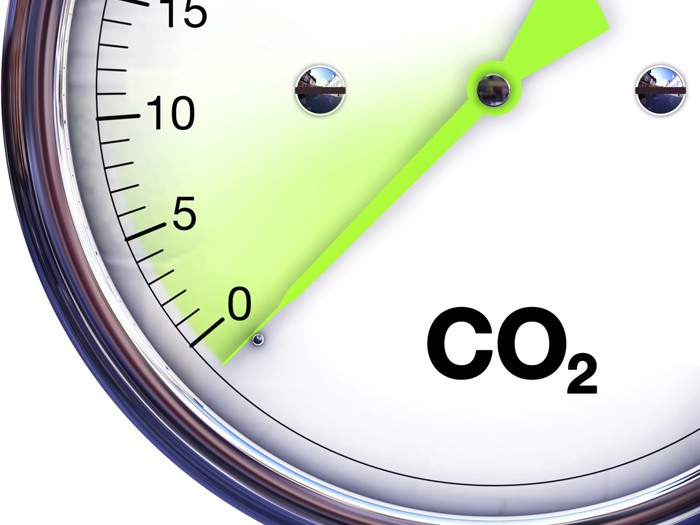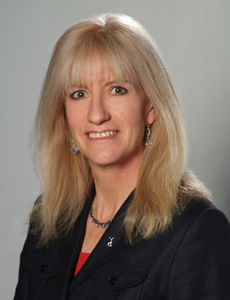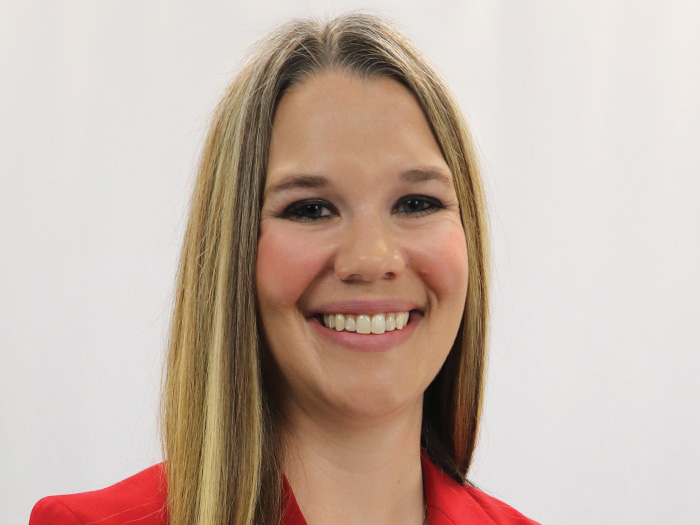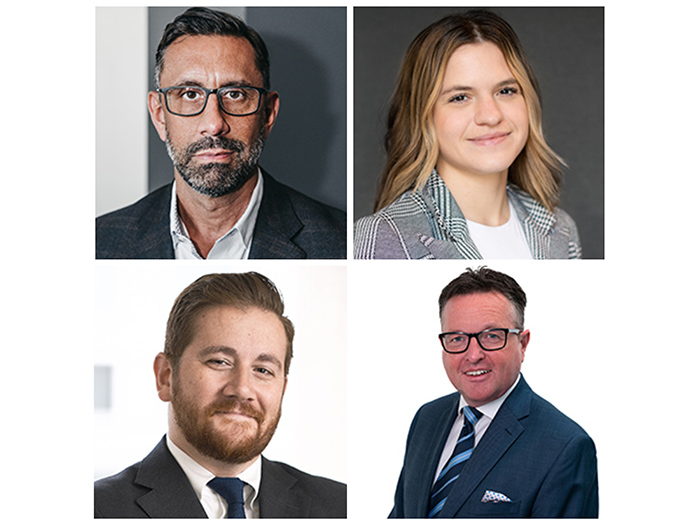Climate Change
A Scorecard on Climate Resiliency

Since 2010, the National Association of Insurance Commissioners (NAIC) has administered a Climate Risk Disclosure Survey, an eight-item questionnaire that assesses insurers’ approach to and preparedness for climate change.
As weather-related losses continue a steady climb across the globe, some insurers have taken steps to ensure they and their clients are prepared for the risks.
In addition, regulators have an interest in insurers’ climate change resiliency as well, to ensure the marketplace remains stable and comprehensive products are available to companies at affordable prices.
Since 2014, regulators in a handful of states have required that carriers writing more than $100 million in premium take the climate risk survey.
The NAIC survey provides regulators with insight into insurers’ strategies, and helps insurance companies to benchmark their efforts against both themselves and their competitors.
“The top core theme we give the most weight to in our analysis is climate risk governance; are senior managers and corporate directors engaged on the issue? Are they being regularly briefed?” — Max Messervy, co-author, Ceres Insurer Climate Risk Disclosure Survey Report
Ceres in turn evaluates those responses to identify trends and track improvement over time, a practice it began in 2011.
“We systematically look at these responses and see from an industry-wide perspective who is doing what,” said Max Messervy, a co-author of Ceres’ most recent report, “Insurer Climate Risk Disclosure Survey Report & Scorecard: 2016 Findings and Recommendations.”
The survey questions cover areas ranging from investment decisions, risk mitigation efforts, financial solvency, emissions and carbon footprint, and how insurers engage consumers on the issue.
“The top core theme we give the most weight to in our analysis is climate risk governance; are senior managers and corporate directors engaged on the issue? Are they being regularly briefed?” Messervy said.
According to the Ceres report, 25 percent of property/casualty insurers earned a “high quality” rating, meaning they regularly involve their boards of directors in discussions of climate change and sustainability goals.
“Through numerous studies and our work, it’s been shown to be a good practice to have senior management leadership from the CEO level on down regularly engaging in these issues as they emerge and evaluating economic impact,” Messervy said.
The Hartford, one “high quality” insurer on climate change, created an environment committee to oversee the company’s sustainability strategy.
This committee briefs the board of directors once per year and the executive leadership team – a group of 18 senior managers – twice per year.
The Hartford’s CEO has also participated in White House roundtables on climate resilience.
“The Hartford is recognized regularly for our commitment to corporate sustainability,” said Diane Cantello, vice president of corporate sustainability. “Between 2007 and last year, the company’s energy-related greenhouse gases were reduced by 57 percent.”
Keeping Informed
Another trait shared by “high quality” insurers — those who received at least 75 points from Ceres on a 100-point scale — is their collaboration with the scientific community.
It all starts with knowledge. Getting the most up-to-date information on climate change both from leading scientists and through internal research is key to understanding the exposure an insurer faces and providing guidance to clients.
Swiss Re, for example, has established itself as a front-runner in conducting climate change research and working with governments and international bodies to facilitate the discussion.
“We’ve provided studies to governments across the globe, helping them to understand the future impact of climate change and develop an adaptation strategy, which includes insurance components.” — Andreas Spiegel, head group sustainability risk, Swiss Re.
“We have developed methodologies to assess and quantify climate risk for certain regions or certain clients; we’ve provided studies to governments across the globe, helping them to understand the future impact of climate change and develop an adaptation strategy, which includes insurance components,” said Andreas Spiegel, head group sustainability risk, Swiss Re.
FM Global, another high-scoring carrier, depends on its in-house engineering staff to evaluate the environmental impact of a variety of risks.
“We have to make sure we give our insureds sound guidance on how they can meet sustainability goals, which means advising them on how their risks can make them less sustainable, but also how their sustainability efforts present new risks in themselves,” said Lou Gritzo, vice president and manager of research, FM Global.
Take a somewhat standard property risk like fire. Gritzo said it is the insurer’s job to advise a client of the environmental impact of a potential fire, including air emissions, runoff from fire hosed, the disposal of burned material, and the effects of rebuilding any damaged structures.
Likewise, if a client decides to go green by installing rooftop solar panels, they should understand the risks that accompany the new equipment.
For its part, The Hartford developed insurance products to help customers reduce greenhouse gas emissions in 2009, and has more recently offered premium discounts to those who opt for electric or hybrid vehicles.
Gritzo said a key challenge for all insurers going forward will be keeping up with advancing climate change science and relaying that information in easily digestible ways to their clients.
New Business Potential
Adapting to climate change also means taking advantage of new business opportunities in renewable energy. Investment portfolios can provide insight into where those opportunities lie, and should therefore get a regular once-over from company leaders.
Fossil fuel producers, for example, counteract sustainability goals and will see performance decline as renewable energy producers move into the energy market and regulations to curb carbon dioxide emissions reduce demand for fossil fuels.
“We’re undergoing a massive energy transition currently, based on the Paris climate agreement signed in December 2015, and basically the economics of renewable energy are becoming increasingly favorable over fossil fuel-based energy,” Messervy said.
“There is a need to understand both the risk and the business opportunity in renewable energy. It’s a core interest for the insurance sector, especially reinsurance because macro risks are where we specialize,” Spiegel said.











